
Scarring is a natural part of the body’s healing process after injuries, surgeries, or trauma. However, excessive scarring can sometimes lead to aesthetic concerns or functional limitations. Recent studies show that adiposite-derived stem cells, also known as stromal vascular fraction (SVF),offer promising results in minimizing scarring and improving the healing process. This article explores the effects of STEM CELL THERAPY (SVF) on acute injuries, surgical incisions, and trauma, answering common questions about its effectiveness and ideal application time.
Adiposite-derived stem cells (SVF) is a component derived from adiposite tissue, rich in stem cells and growth factors that can accelerate tissue regeneration and repair. These stem cells have the potential to differentiate into various cell types, contributing to the healing process by promoting skin regeneration and reducing inflammation, which are key factors in minimizing scar formation.
Several scientific studies have demonstrated the potential of Adiposite-derived stem cells (SVF) in reducing scar formation when applied after acute injuries or surgeries. The stem cells present in (SVF) help to regenerate damaged tissues and reduce inflammation, which can otherwise lead to fibrotic scarring. In fact, Adiposite-derived stem cells (SVF) has been shown to modulate the healing environment, promoting healthier tissue formation instead of dense scar tissue.
Yes, Adiposite-derived stem cells (SVF) has been shown to reduce scar formation effectively. By promoting better tissue regeneration and reducing the inflammatory response, the formation of hypertrophic scars or keloids can be minimized. Adiposite-derived stem cells (SVF) plays a dual role: not only does it promote faster healing, but it also improves the quality of the new skin tissue, making the resulting scars less noticeable.
The timing of Adiposite-derived stem cells (SVF) application is crucial to maximize its benefits in minimizing scarring. Research suggests that applying Stem Cell Therapy (SVF) within the first 48-72 hours after injury or surgery yields the best results. This early intervention allows the stem cells to influence the healing process at a critical stage, preventing excessive inflammation and promoting organized tissue regeneration.
However, even in cases where more time has passed, Adiposite-derived stem cells (SVF) can still provide benefits by improving tissue quality and potentially reducing the visibility of scars.
Stem Cell Therapy (SVF) is typically harvested from the patient's own adiposite tissue through a minimally invasive liposuction procedure. The harvested adiposite is processed to isolate the stem cells and growth factors, which are then injected directly into the wound or incision site. This localized application helps target the area where tissue regeneration and scar reduction are needed most.
The success rate of Stem Cell Therapy (SVF) in reducing scarring is promising, with many studies reporting positive outcomes. In controlled clinical studies, patients treated with Stem Cell Therapy (SVF) had a 70-90% satisfaction rate in terms of scar reduction, improved skin texture, and faster healing times. Although individual results may vary, the growing body of evidence supports STEM CELL THERAPY (SVF) as a highly effective treatment for minimizing scar formation after acute injuries and surgeries.
Below are some notable scientific studies that highlight the effectiveness of Adiposite-derived stem cells (SVF) in reducing scarring and improving healing:
The application of Stem Cell Therapy (SVF) in the treatment of acute injuries, surgical incisions, and trauma represents a significant advancement in regenerative medicine. By harnessing the body’s natural healing power, Stem Cell Therapy (SVF) offers a minimally invasive, effective solution for reducing scarring and improving overall skin regeneration.
While more research is ongoing, current studies already suggest that Stem Cell Therapy (SVF) is a game-changer in preventing excessive scarring, making it an attractive option for patients seeking better cosmetic and functional outcomes after surgeries and injuries.
For those interested in exploring Stem Cell Therapy (SVF) treatment for scarring, it's important to consult with a qualified medical professional who can provide personalized recommendations based on individual cases and needs.
 Factors Exacerbating Lipedema: Triggering Drugs, Foods, and Supplements
Factors Exacerbating Lipedema: Triggering Drugs, Foods, and SupplementsLipedema is a common chronic condition, particularly among women, that leads to abnormal fat accumulation in areas such as the legs and hips, significantly reducing the quality of life. This article discusse ...
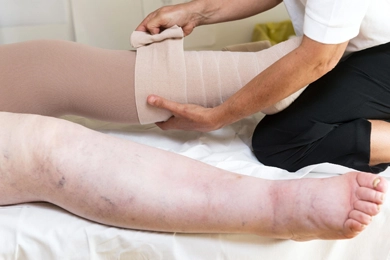 Understanding the Distinctions Between Lipedema and Lymphedema
Understanding the Distinctions Between Lipedema and LymphedemaLipedema and lymphedema are often confused due to their similar names and some overlapping symptoms. However, they are distinct medical conditions with different causes, treatments, and management strategies ...
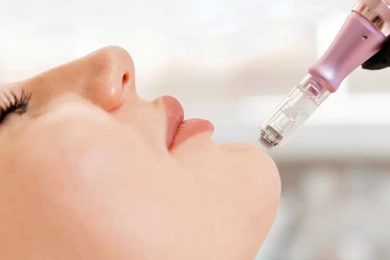 What is the Best Source of Exosomes?
What is the Best Source of Exosomes?Exosome therapy has emerged as an innovative treatment method for skin rejuvenation, hair loss prevention, wound healing, and immune support. The effectiveness of exosomes depends heavily on their source, ex ...
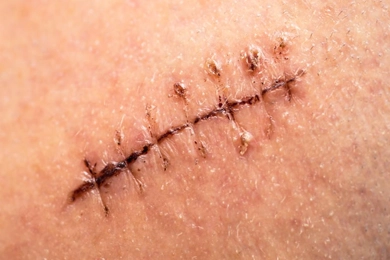 What Can Be Done to Prevent Stitch Scars?
What Can Be Done to Prevent Stitch Scars?Stitches, used after surgeries or injuries, help the skin heal but can often leave unwanted scars behind. The permanence of stitch scars depends on many factors, but with the right precautions, these scars c ...
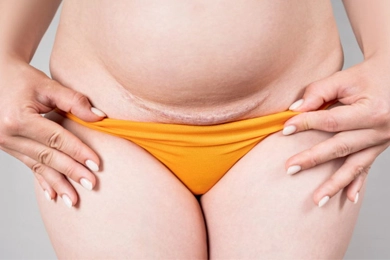 How to Get Rid of Surgical Stitch Scars?
How to Get Rid of Surgical Stitch Scars?After surgery, scars from stitches are often part of the healing process. These scars can cause aesthetic concerns for many, but with the right treatments, their appearance can be significantly reduced. So, ...
 How Does Stem Cell Therapy Reduce Surgical Scars?
How Does Stem Cell Therapy Reduce Surgical Scars?Surgeries are often vital steps to improve health, but they can leave behind scars that are particularly bothersome for those with aesthetic concerns. Traditional treatments may not always be effective enoug ...
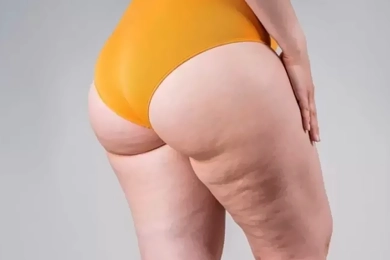 Advantages of Having Lipedema Surgery in Turkey
Advantages of Having Lipedema Surgery in TurkeyTurkey has become a global hub for lipedema surgery due to its skilled surgeons, modern facilities, and affordable healthcare options. In this post, we’ll explore the advantages of having lipedema surgery in ...
 Why You Should Get a Tummy Tuck in Turkey
Why You Should Get a Tummy Tuck in TurkeyWhen considering a tummy tuck (abdominoplasty),selecting the right country for the procedure is crucial. Turkey has emerged as one of the top destinations for medical tourism, especially in the field of cosm ...
 What Causes Teeth Grinding?
What Causes Teeth Grinding?Teeth grinding, also known as bruxism, is a common issue that can affect both children and adults. This involuntary habit usually occurs during sleep but can also happen during the day. If left untreated, te ...
 Is There an Age Limit for Facial Stem Cell Therapy?
Is There an Age Limit for Facial Stem Cell Therapy?Facial stem cell therapy has become a popular option for those looking to rejuvenate their skin and combat signs of aging. This innovative procedure involves using a patient’s own stem cells to stimulate col ...
 Does Stem Cell Facial Rejuvenation Cause Cancer?
Does Stem Cell Facial Rejuvenation Cause Cancer?Stem cell facial rejuvenation has emerged as a cutting-edge anti-aging treatment in recent years. This procedure uses stem cells extracted from the patient's own body, which are then processed and injected i ...
 How Long Do the Effects of Facial Stem Cell Therapy Last?
How Long Do the Effects of Facial Stem Cell Therapy Last?Facial stem cell therapy has gained significant popularity in recent years as a powerful anti-aging treatment. By using stem cells from the patient's own body, this procedure helps rejuvenate and refresh the ...
 Are HIFU Results Permanent?
Are HIFU Results Permanent?High-Intensity Focused Ultrasound, commonly known as HIFU, has gained popularity as a non-surgical treatment for skin tightening and lifting. But one of the most frequently asked questions is: Are the result ...
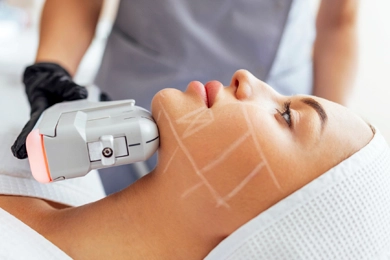 How Long Do the Effects of Non-Surgical Face Lifting (HIFU) Last?
How Long Do the Effects of Non-Surgical Face Lifting (HIFU) Last?Non-surgical face lifting methods, especially HIFU (High-Intensity Focused Ultrasound),have become a popular choice for skin tightening and rejuvenation. But one of the most common questions is: how long do ...
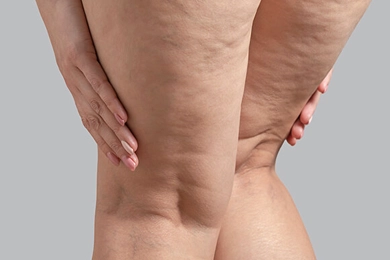 How to Know If You Have Lipedema: A Complete Guide
How to Know If You Have Lipedema: A Complete GuideA persistent medical condition called lipedema is sometimes confused with lymphedema or simply obesity. It is mainly affecting women and is characterized by an abnormal build-up of fat, usually in the arms a ...
 How to Know If You Have Gynecomastia?
How to Know If You Have Gynecomastia?If you suspect you have gynecomastia, it’s important to consult a healthcare professional. Your doctor will perform a physical exam, evaluate your medical history, and may order blood tests to assess hormone ...
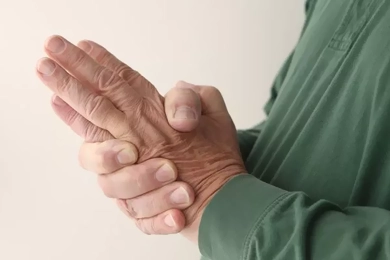 How to Prevent Inflammation?
How to Prevent Inflammation?Have you ever thought about why we age? While aging is a natural process, recent research has shown a surprise component that accelerates it: chronic inflammation. ...